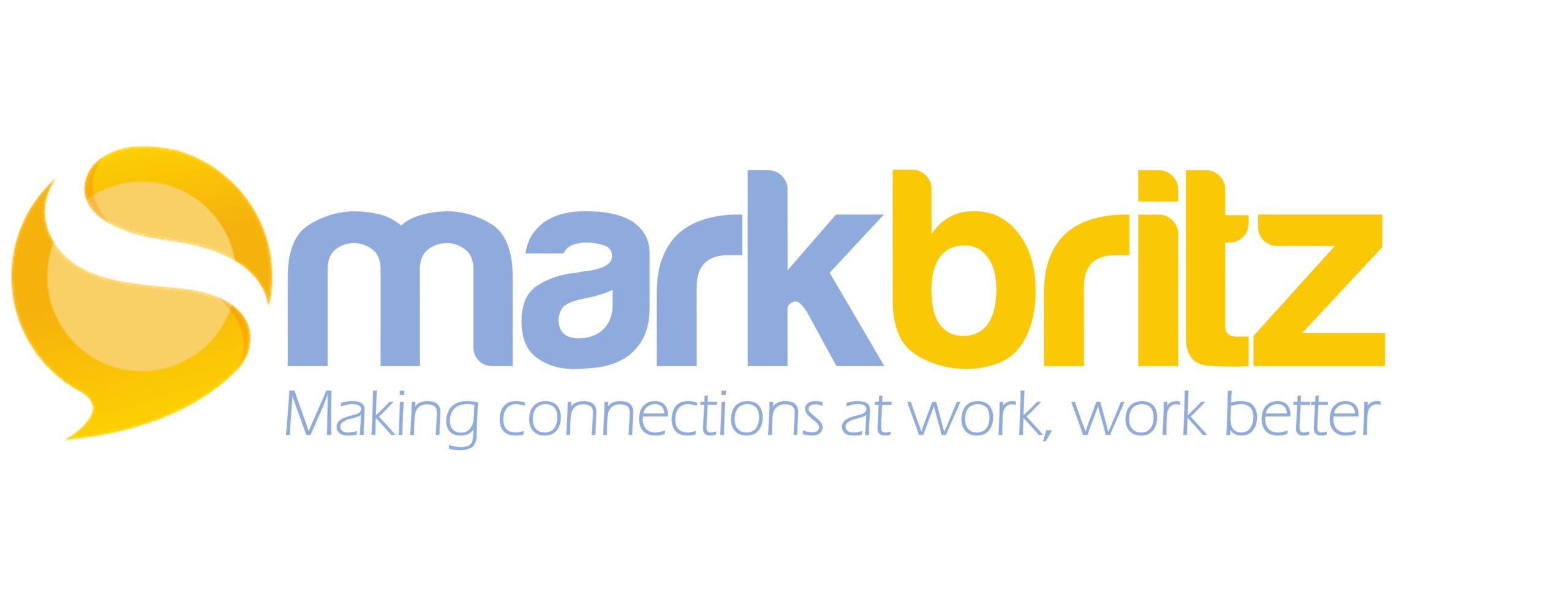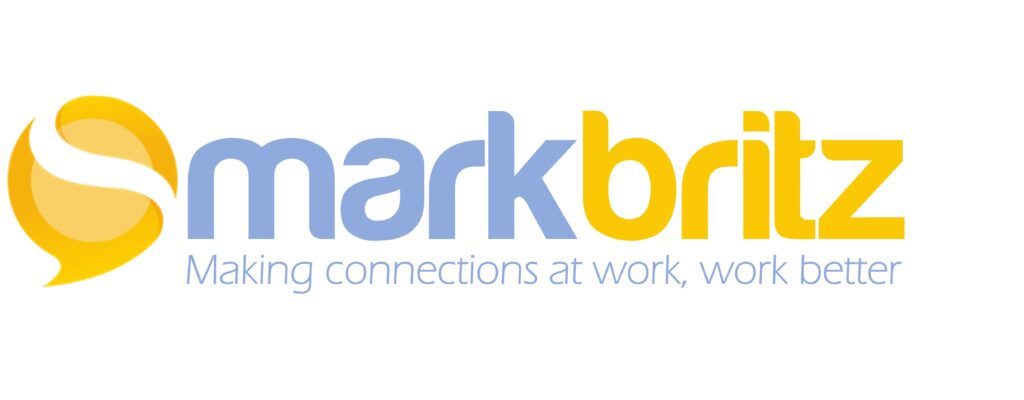Years ago I read and loved Henry Mintzberg’s article Companies as Communities. It was warm and humanistic, the utopia for an organization. The problem was/is that it’s not happening. One of the biggest reasons isn’t because companies don’t care about people, it’s that companies care more about profitability and growth, and today, mere survival. People are an asset but like every asset, they wear out and/or get replaced. Sorry community.
My cynicism receded a bit recently when I listened to a fabulous We Are Liminal (ON The Edge) Podcast with Physicist Geoffery West. Weaved into his brilliant ideas on scaling organismal and organizational growth were his thoughts on cities and the notion that the most successful (See New York) are so because they maximize human interaction. And THERE IT WAS!
Companies as Cities Can Lead to Companies as Communities.

Not that Mintzberg’s article didn’t profess the same need to maximizing human interaction but it was the subtle difference between the focus on the living (Management) v. focus on the non-living (systems and structure). Professor West noted how critically important the physical infrastructure is in a city as the social structure overlays it. i.e. A poorly designed/maintained city will inhibit interaction. This is a message that resonates with me regarding how org design influences social interaction. You see, in successful cities movement is easy and logical. Structures are convenient and efficient. Parks and recreational areas are safe and comforting. The very purpose of a successful city is to encourage and facilitate maximum social interaction. Most interactions, argues West, will be random or pointless but eventually, the next Apple is born. And of course, cities tell the best stories far and wide, and if those stories are of brilliance, excitement, and success they will captivate and draw people to them.
I may be just experiencing confirmation bias here or maybe the best analogy has appeared to reinforce my thesis. The lesson for organizations is that the physical hallways, the conference rooms, the breakroom, the virtual; the social technologies from ESNs, Chat platforms, phones, and video conferences as well as the more invisible rules, protocols, and procedures (organizational design) are the bridges, streets, parks, buildings, traffic patterns, street lights, stop signs and no parking zones of our organizations.
Maybe if we stop trying to change people’s nature directly by imposing authority and hierarchy and instead address the systems of work and communication in our organizations, people will naturally change. A company as a community has a better chance if we model our organizational design more like the design of a city.

